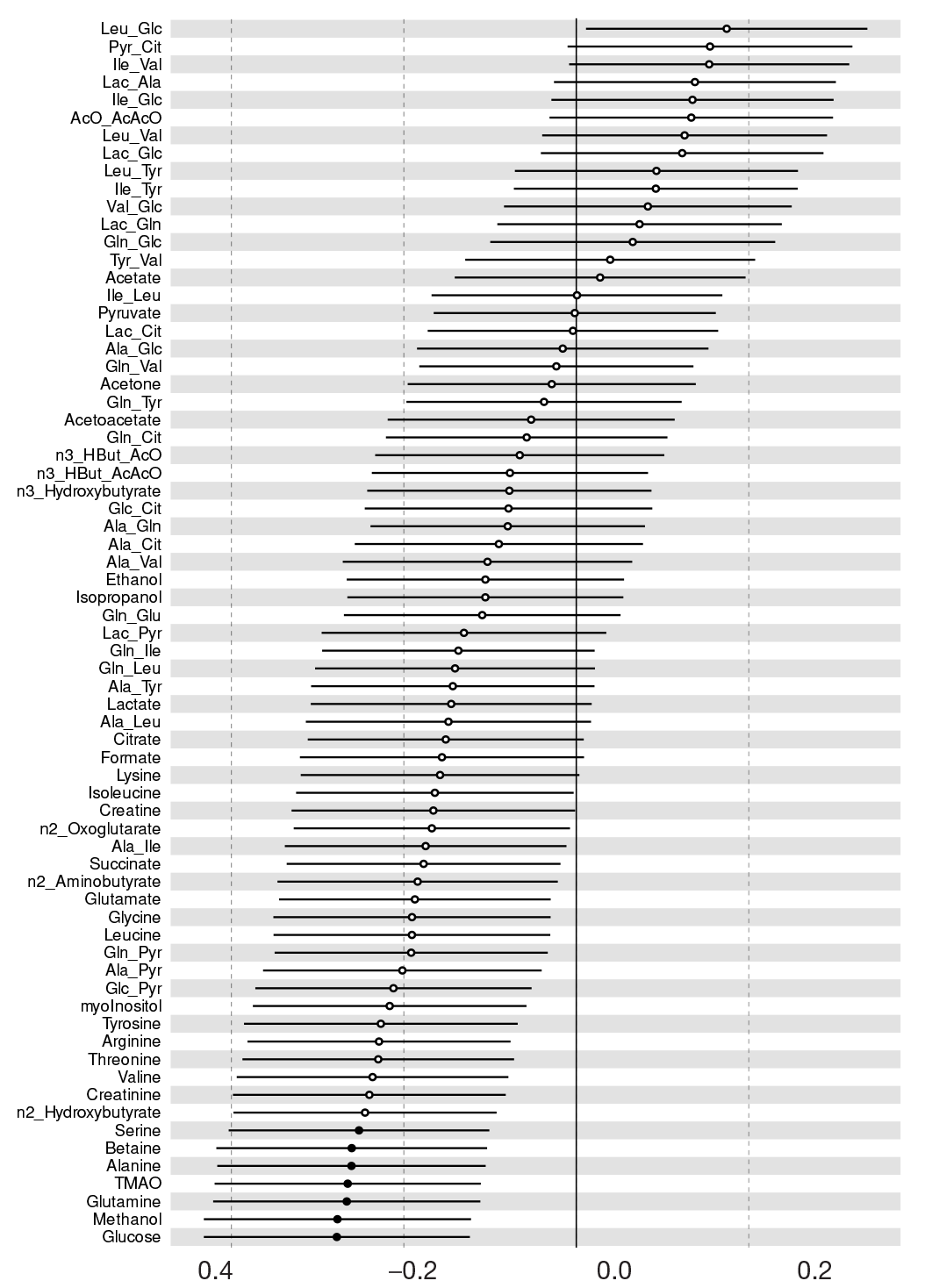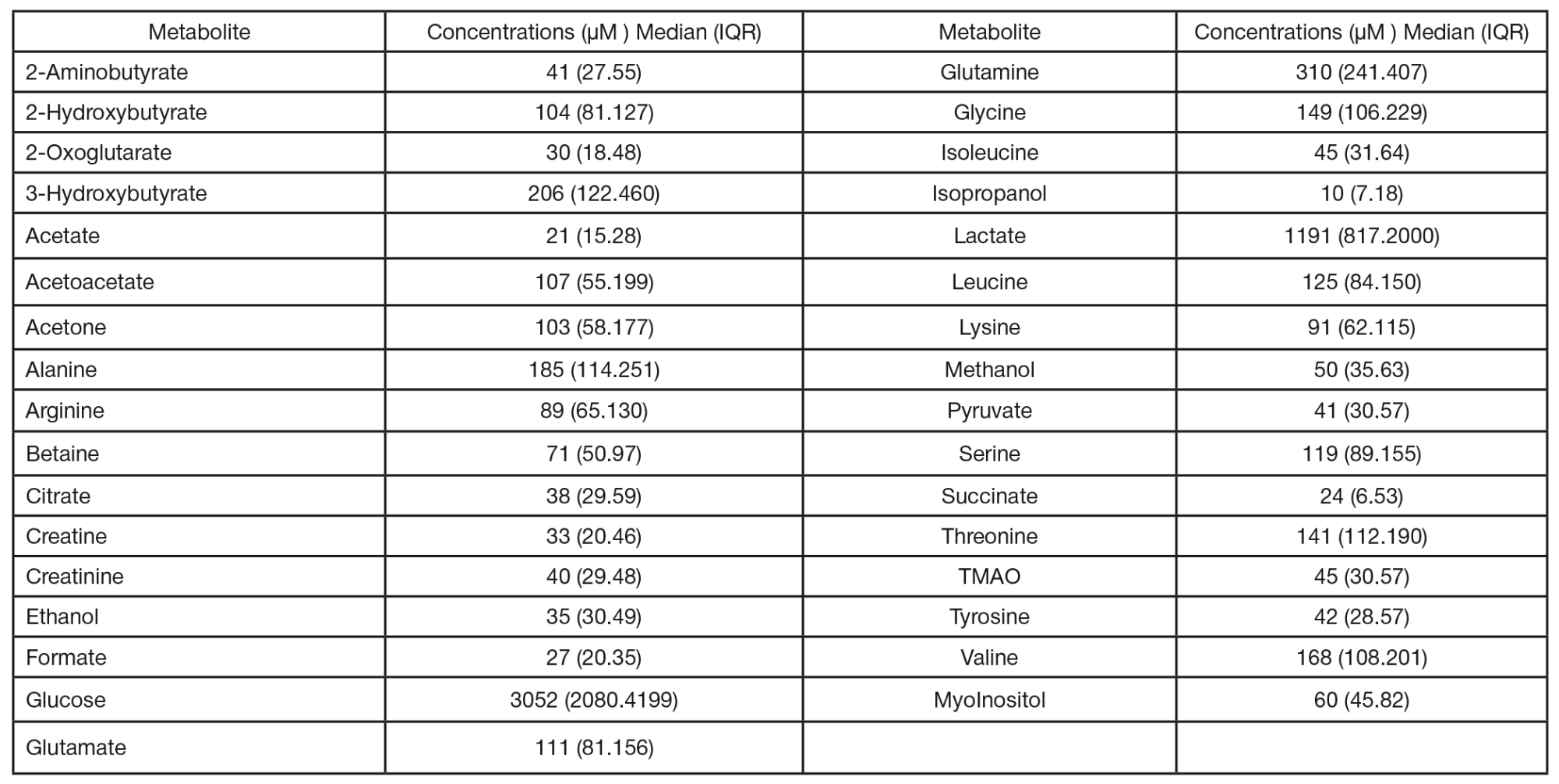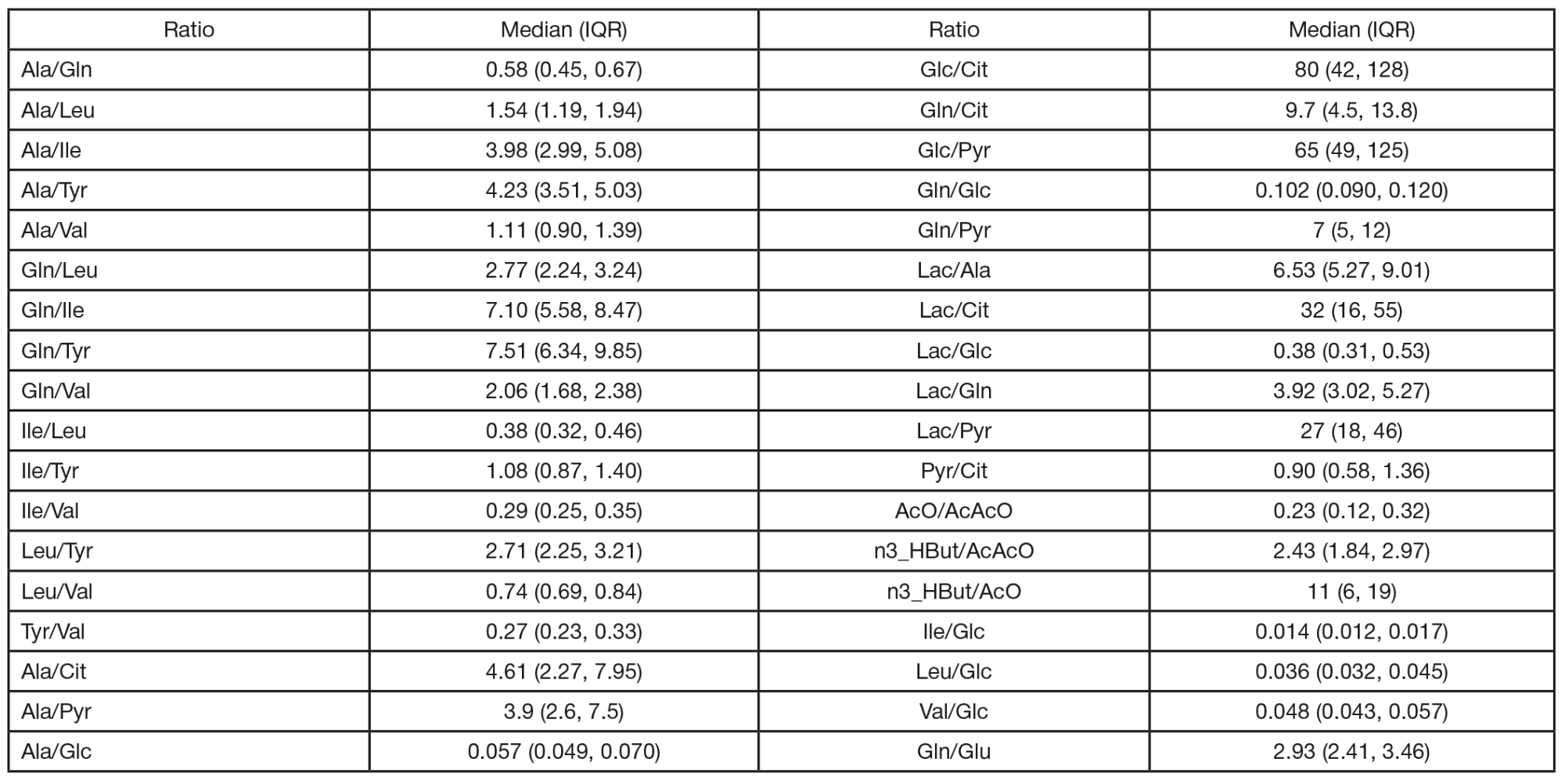
This article is an open access article distributed under the terms and conditions of the Creative Commons Attribution license (CC BY).
ORIGINAL RESEARCH
Metabolic “footprints” of the circulating cancer mucins: CA125 in the high-grade ovarian cancer
1 Kulakov National Medical Research Center for Obstetrics, Gynecology and Perinatology, Moscow, Russia
2 Peoples’ Friendship University of Russia, Moscow, Russia
3 Sechenov First Moscow State Medical University, Moscow, Russia
4 Leiden University Medical Center, Leiden, The Netherlands
5 Tomsk State University, Tomsk, Russia
Correspondence should be addressed: Vitaly V. Chagovets
Akademika Oparina, 4, Moscow, 117997, Russia; moc.liamg@stevogahcvv
Funding: the study was supported by a grant from the Russian Science Foundation (project #20-65-46014).
Author contribution: Chagovets VV — study planning, sample preparation, discussion of NMR data processing, manuscript authoring and editing; Vasil'ev VG — sample preparation, NMR analysis; Iurova MV, Khabas GN — collection and characterization of clinical samples, discussion of the results; Pavlovich SV — study research, discussion of the results; Starodubtseva NL — study planning, clinical data processing; Mayboroda OA — study planning and management, manuscript authoring, NMR data processing.
Compliance with ethical standards: the study was approved by the Ethics Committee of the V.I. Kulakov National Medical Research Center for Obstetrics, Gynecology and Perinatology (Minutes #10 of December 05, 2019), conducted in accordance with federal laws of the Russian Federation (#152, 323 etc.) and the Declaration of Helsinki of 1964 with all subsequent extensions and amendments regulating scientific research involving biomaterials obtained from human beings.







